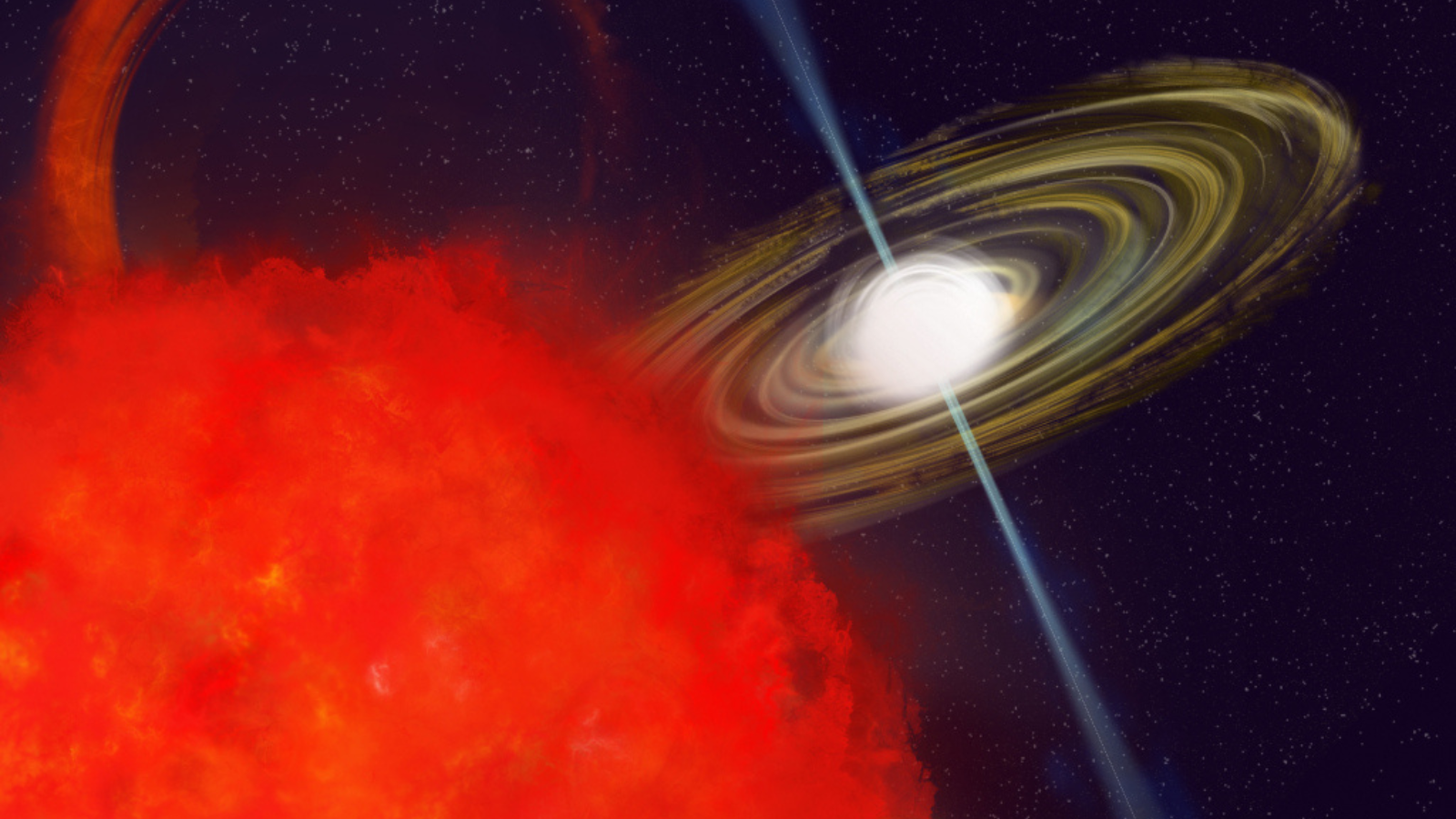Astronomers Discover 'Cosmic Unicorn': A Spinning Dead Star That Defies Explanation










2025-07-18T20:00:00Z

Imagine finding something so rare and unexpected that it challenges everything you thought you knew. That's exactly what astronomers encountered with CHIME J1634+44, a star so peculiar it's been dubbed the 'cosmic unicorn.'
Using some of the most advanced radio telescopes on Earth, scientists have identified this spinning dead star with unique properties that defy the conventional understanding of celestial bodies. Known as an LPT or Long Period Radio Transient, CHIME J1634+44 exhibits bursts of radio waves that last much longer than those of typical pulsars, making it stand out in the cosmic crowd.
But the intrigue doesn’t stop there. This star is not only the brightest of its kind ever observed but also boasts highly polarized radiation bursts that seem almost orchestrated, like a cosmic symphony. Even more astonishing is its increasing spin rate, a rarity among its peers, prompting astronomers to label it as the only LPT whose spin is accelerating.
Fengqiu Adam Dong, leading the study at the Green Bank Observatory, delights in the star's mysterious rhythms, which seem to have both a primary and secondary cadence. Dong suggests this might indicate a system where a neutron star is orbited by another object, possibly a white dwarf or a failed star known as a brown dwarf.
The discovery was made through instruments like the Green Bank Telescope and the CHIME Fast Radio Burst and Pulsar Project, as well as concurrent observations by ASTRON using the LOFAR radio telescope. While Dong's team sees a neutron star at the center of this enigma, astronomer Sanne Bloot from ASTRON posits it could be a white dwarf, though both teams agree on its perplexing nature.
Neutron stars, born from the remnants of massive stars, and white dwarfs, the cores left behind by stars similar in mass to our sun, usually slow down over time. Yet, the CHIME J1634+44 defies this natural order, possibly due to the gravitational dance with a nearby companion star. As they spiral closer, these companions might exchange angular momentum, causing the spin to speed up.
The radio emissions from CHIME J1634+44 are 100% circularly polarized, a trait unheard of in such stars, and always appear in pairs with a mysterious regularity. As Harish Vedantham from ASTRON suggests, there might be a hidden dialogue between the dead star and its companion that we have yet to decode.
In uncovering such anomalies, astronomers not only broaden our knowledge of neutron stars and white dwarfs but also hint at an unexplored frontier in radio astronomy. As Dong remarks, CHIME J1634+44 could just be the beginning of a new wave of celestial discoveries, challenging our models and inviting more questions than answers.
 Maria Kostova
Maria Kostova
Source of the news: Space